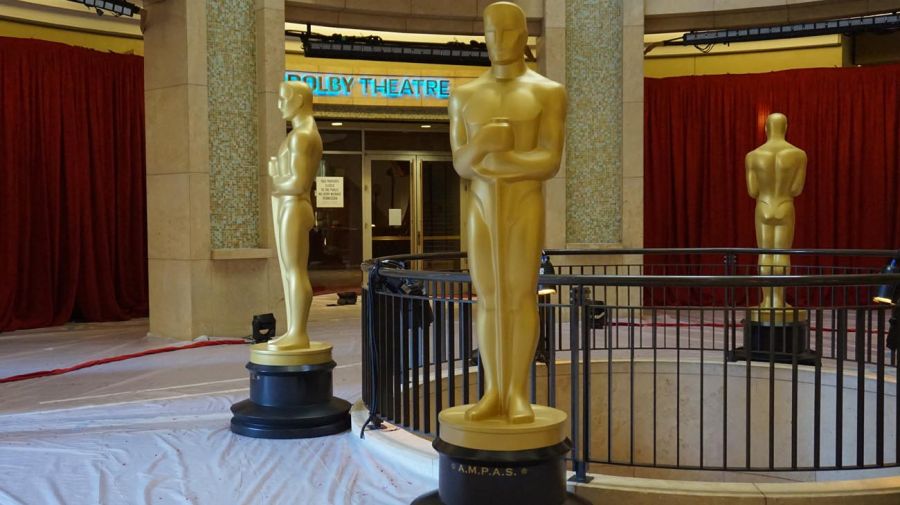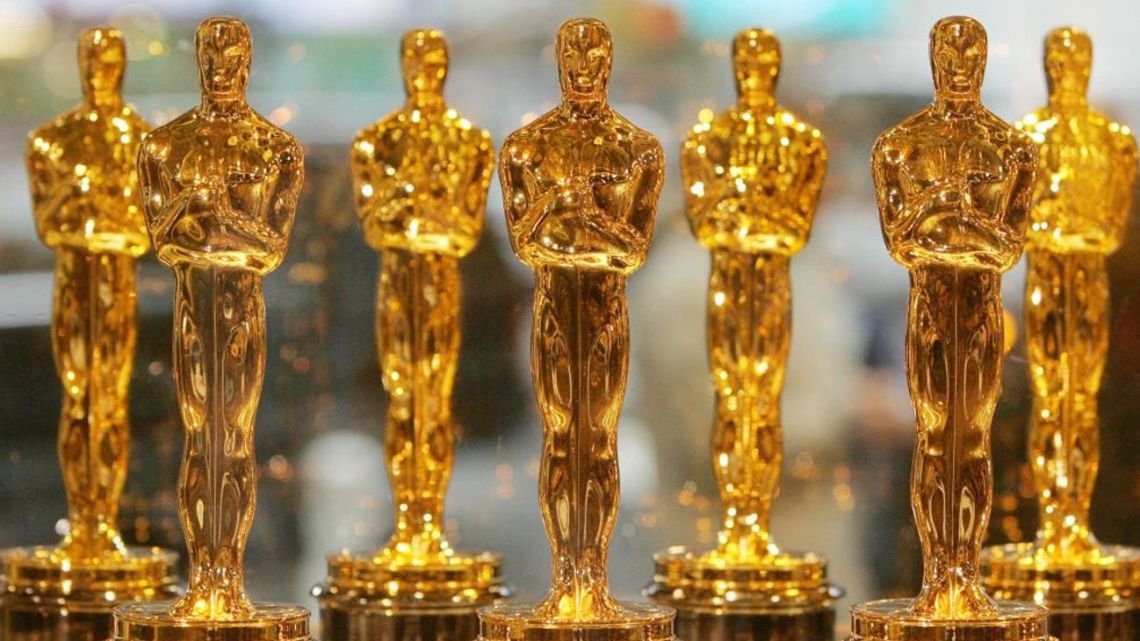Delivered tonight Oscar Awards, and the history of the statuette tells that, given the weight that the producer Louis B. Mayer had in the industry of the roaring 20s, it was a man he trusted who was in charge of designing the award, golden and imperturbable, he has maintained its magic for a century.
The mission of capturing that statuette was left in the hands of the Irishman Cedric Gibbons, a director of the first hour of American cinema. Following the criteria that Mayer respected, Gibbons was in charge of modeling that model that is delivered at each Awards ceremony. Oscar “for merit”.
Let’s clarify: the statuette that rewards “excellence in cinematographic achievements” is not the only one awarded by the Academy of Motion Picture Arts and Sciences or AMPAS, since in its catalog of awards there are nine other different awards, plus a few discontinued ones: the Irving G. Thalberg Memorial Award; the Jean Hersholt Humanitarian Award, the Gordon E. Sawyr Award, the Award for Technical or Scientific Merit; the Technical Achievement Award; the John A. Bonner Medal of Merit and the Academy Youth Award.
In addition, the Honorary Award and the Special Academy Award, which are not a “must” every year, but a “let’s see.” Not all of these awards materialize in the delivery of the golden statuette in its most publicized physiognomy.
Precisely, the most frequent and prolific version of the statuette consists of a special alloy commissioned by Gibbons, called Britannia metal, which is made up of 92% tin, 6% antimony and 2% copper. In turn, the final product is bathed in 24-carat gold and, thinking that everyone would want to exhibit it, he placed it on a 34 cm high, black base, so that the figure would have stability.
History of the Oscar Awards statuette
But why the Oscar Is it the silhouette of an Indian? In search of inspiration, Gibbons followed the advice of a woman and how well she did.
At that time, Cedric Gibbons was dating Mexican actress Dolores del Río (the first Latina actress to put Hollywood at his feet), and she suggested that fellow countryman Emilio Fernández was a good option since his nickname “El Indian”, due to his figure of a strong and well-rounded Mexican, would give solidity to the representation.
Hiring him as a model required Fernández to pose nude for a sculptor to make a design in clay, the mold that would later be filled with the metal alloy.
When the artist George Stantley had Emilio “The Indian” Fernandez in front of your eyes how God brought him into the worldhe did not doubt that Gibbons’s girlfriend knew what he was talking about.
The figure is the representation of a naked man, fibrous and hard linesgeometric, which undoubtedly refer to the art deco style, fashionable in the 20s.
He indian oscar gathers his arms in front of his waist and holds a sword over a roll of five-spoke film, alluding to the five branches of the seventh art that, from 1929, would be awarded by the Academy: producers, directors, writers, technicians and of course, the actors.

The Oscar Award weighed 3.85 kilograms. The mold of and so original Oscar was cast in a foundry Batavia, Ill.in 1928.
From then until 1982, each and every one of the statuettes awarded by the Academy came from that mother mold, which was kept by the CW Shumway & Sons Foundry (where the Emmy Awards are also made).
In 1983, the figurines began to be cast at Owens & Company, a Chicago foundry.
They were always made of British metal, except between 1942 and 1945 when, due to shortages imposed by World War II, the statuettes were made of plaster. At the end of the War, after the Battle of Leningrad, those who had received a plaster sculpture were sent an identical one to the metal originals.
More information about the curiosities of the Oscar Award statuette in: “History, awards and curiosities on the most famous red carpet in cinema”.
You may also like
